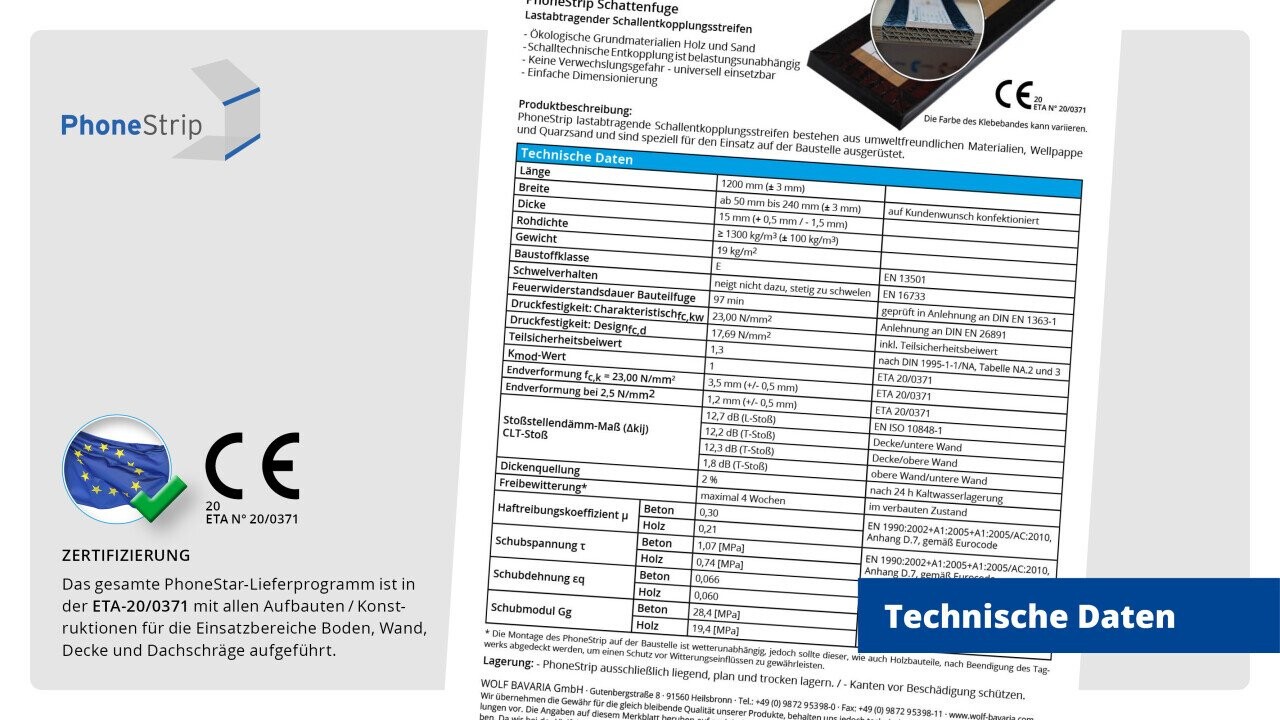Product-Highlight DACH+HOLZ 2024
PhoneStrip decoupling strips & shadow gap
PhoneStrip decoupling strips have been specially developed for use on construction sites. It has been proven to reduce the transmission of airborne and structure-borne noise through internal friction and is CE-certified as a decoupling strip for absorbing vertical loads.

